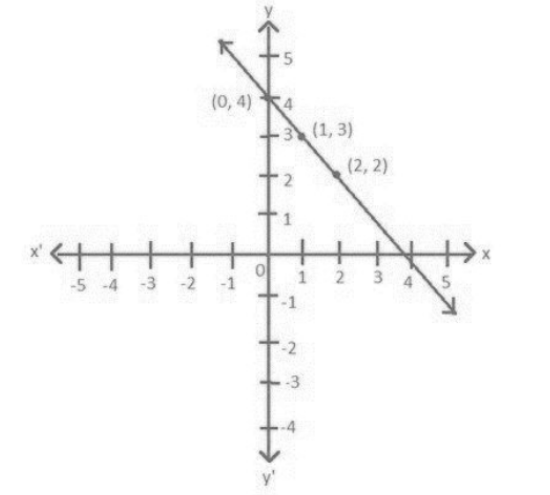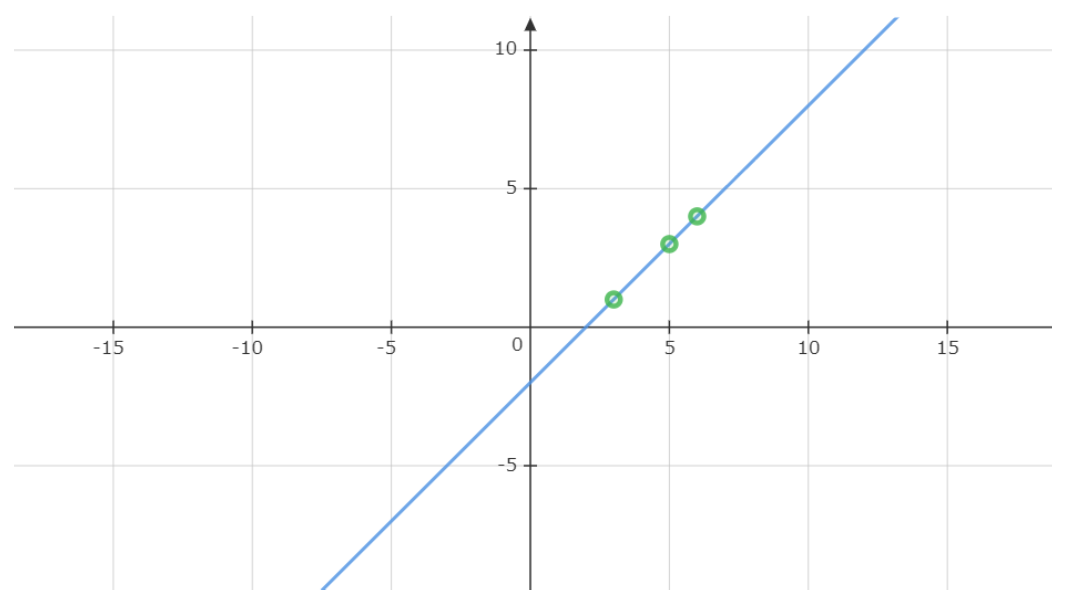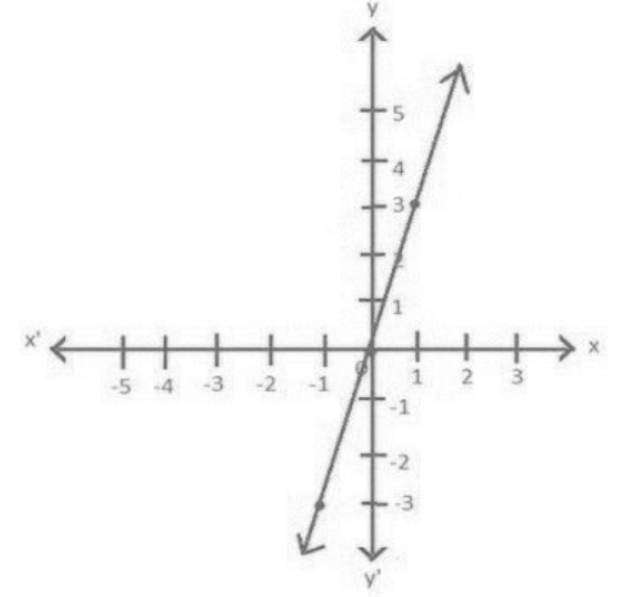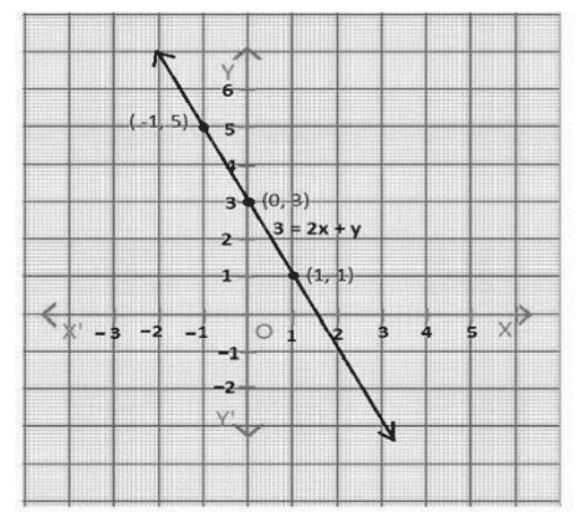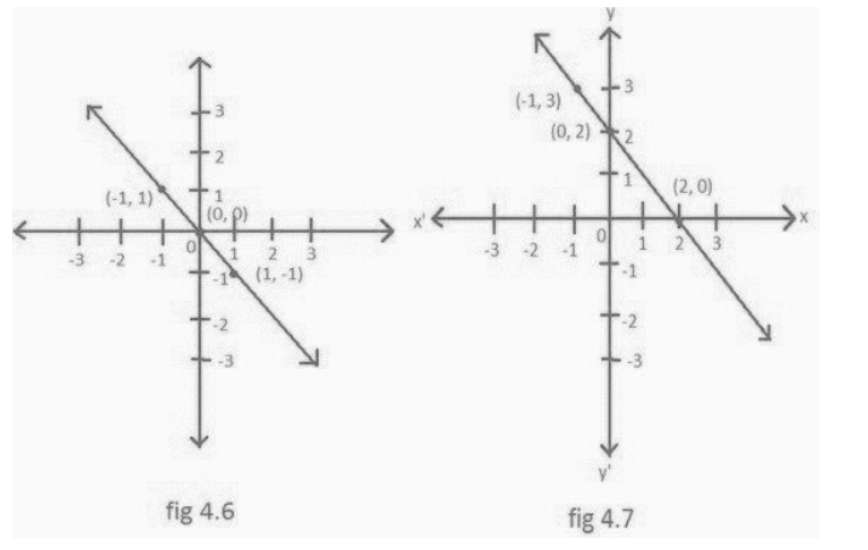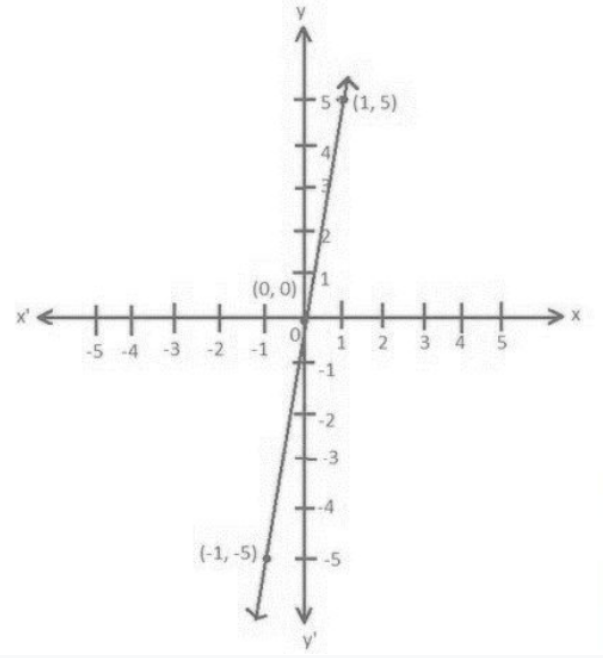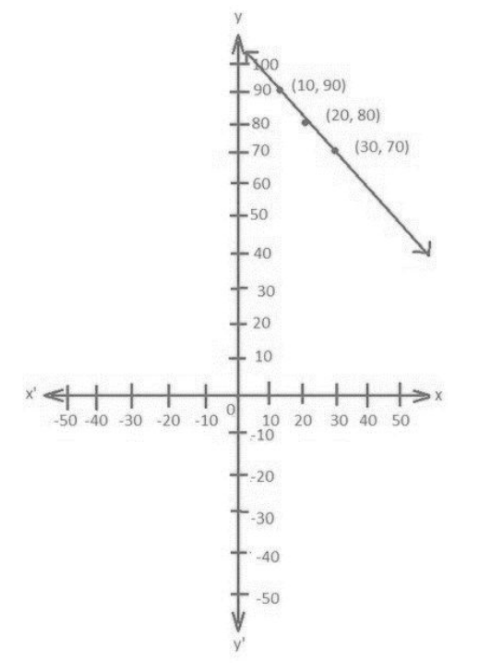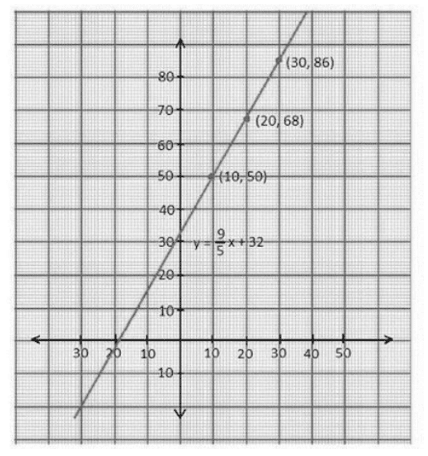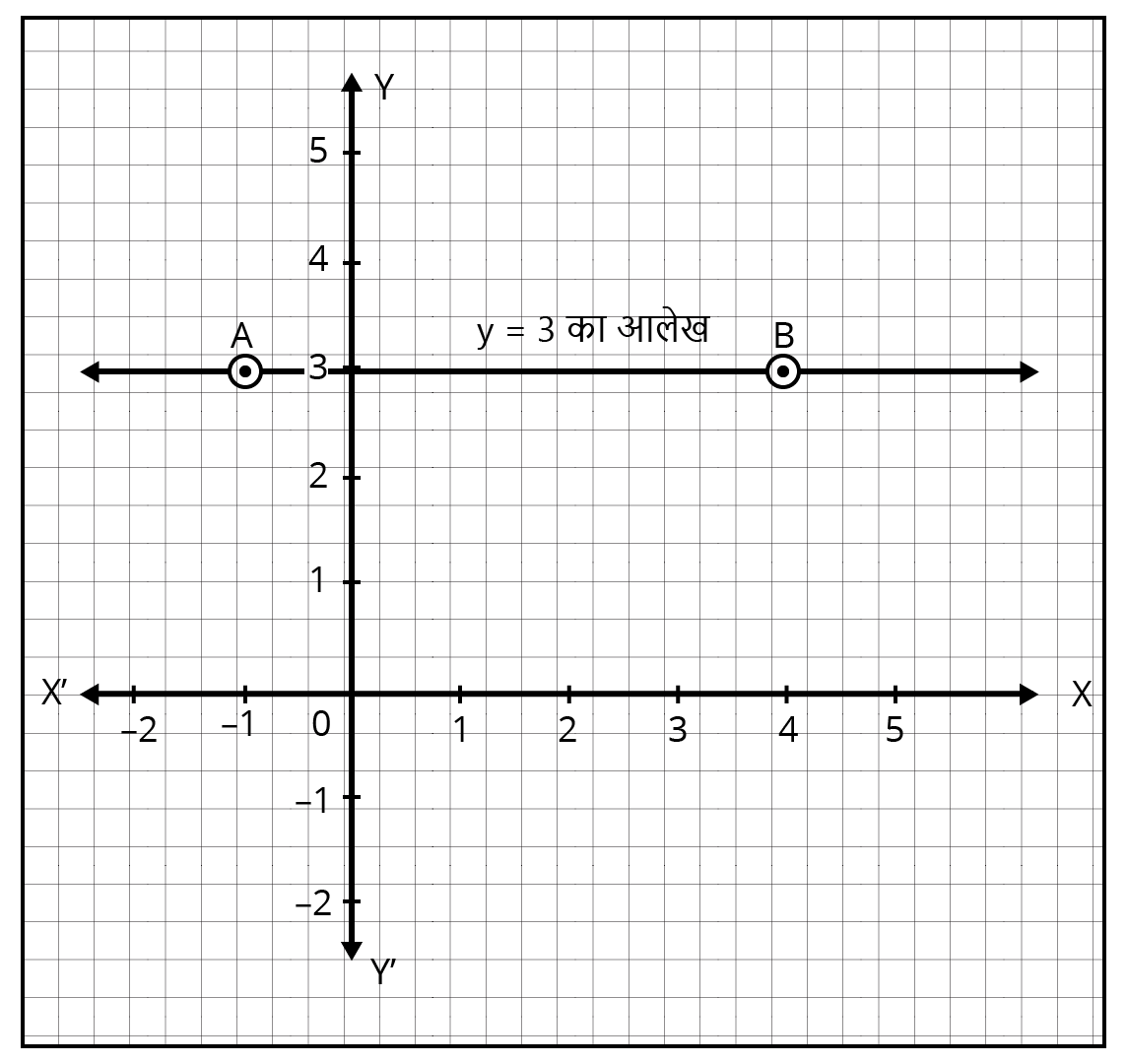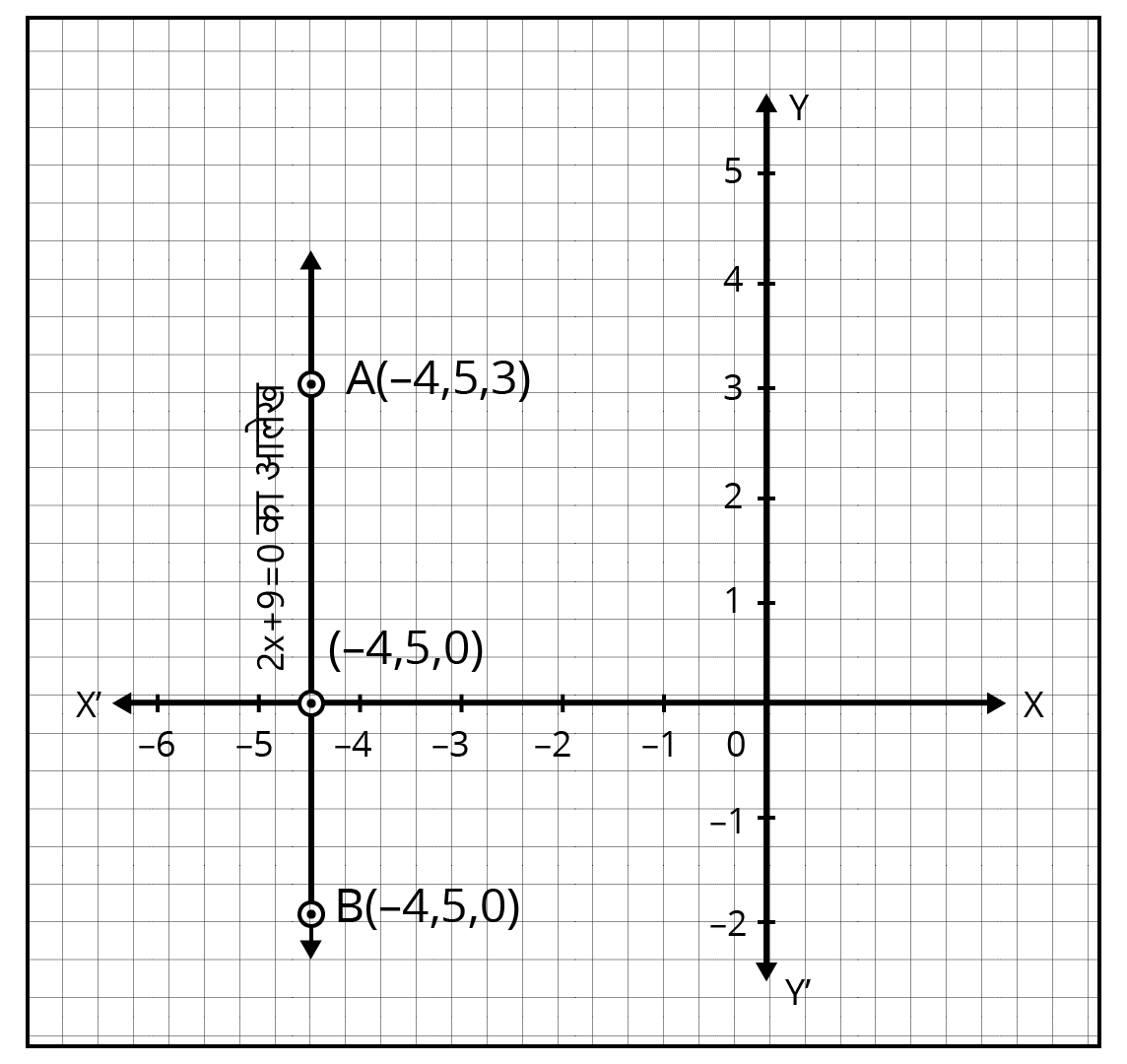NCERT Solutions For Class 10 Maths Chapter 4 Quadratic Equations in Hindi - 2025-26
NCERT Solutions For Class 10 Maths Chapter 4 Quadratic Equations in Hindi - 2025-26
FAQs on NCERT Solutions For Class 10 Maths Chapter 4 Quadratic Equations in Hindi - 2025-26
1. Where can I find reliable and accurate step-by-step NCERT Solutions for all exercises in Class 10 Maths Chapter 4 for the 2025-26 session?
You can find comprehensive, accurate, and easy-to-understand step-by-step NCERT Solutions for Class 10 Maths Chapter 4, Quadratic Equations, right here on Vedantu. Our solutions are prepared by subject matter experts and are fully aligned with the latest CBSE 2025-26 syllabus, covering all questions from every exercise to help you prepare effectively for your board exams.
2. What is the standard form of a quadratic equation as per the NCERT textbook for Class 10 Maths Chapter 4?
The standard form of a quadratic equation, as defined in NCERT Class 10 Maths Chapter 4, is ax² + bx + c = 0. Here, 'x' is the variable, while 'a', 'b', and 'c' are real numbers, with the crucial condition that 'a' cannot be zero (a ≠ 0). This form is the foundation for solving all problems in the chapter.
3. What are the different methods to solve a quadratic equation detailed in NCERT Class 10 Maths Chapter 4?
The NCERT textbook for Class 10 Maths Chapter 4 outlines three primary methods for solving quadratic equations:
- Factorisation: This involves splitting the middle term to find two linear factors.
- Completing the Square: This method transforms the equation into a perfect square trinomial.
- Using the Quadratic Formula: This universal formula, x = [-b ± √(b² - 4ac)] / 2a, can be used to find the roots of any quadratic equation.
4. How does a quadratic equation differ from a quadratic polynomial, and why is this distinction important for solving problems in Chapter 4?
A quadratic polynomial is an algebraic expression of the form ax² + bx + c. A quadratic equation, however, is formed when this polynomial is set equal to zero, i.e., ax² + bx + c = 0. The distinction is crucial because an equation has solutions or 'roots,' which are the specific values of 'x' that satisfy the equality. In contrast, a polynomial has 'zeroes.' Understanding this helps in applying the correct methods to find the roots as required in Chapter 4.
5. How do you use the discriminant to determine the nature of roots for a quadratic equation as per the CBSE 2025-26 syllabus?
The discriminant, denoted by D = b² - 4ac, is a key part of the quadratic formula that helps determine the nature of the roots without actually solving the equation. As per the NCERT syllabus, the rules are:
- If D > 0, the equation has two distinct and real roots.
- If D = 0, the equation has two equal (or coincident) real roots.
- If D < 0, the equation has no real roots.
6. Why is it important to follow the step-by-step method provided in Vedantu’s NCERT Solutions for solving word problems in Chapter 4?
Following the step-by-step method is crucial for word problems because it ensures clarity and accuracy, which is highly valued in CBSE board exams. The steps typically involve:
- Identifying the unknown quantities and representing them with variables.
- Translating the problem's conditions into a standard quadratic equation (ax² + bx + c = 0).
- Choosing the most appropriate method (factorisation, quadratic formula) to solve for the variable.
- Interpreting the solution in the context of the original problem, ensuring the answer is practical and logical.
7. When solving a quadratic equation by completing the square, what common mistakes should students avoid according to the NCERT methodology?
The 'completing the square' method can be tricky. Common mistakes to avoid include:
- Forgetting to first make the coefficient of x² equal to 1.
- Adding the term (b/2)² to only one side of the equation, which unbalances it.
- Making calculation errors when finding the square root of both sides.
- Incorrectly handling negative signs during the process.
8. Why are quadratic equations useful for solving real-world problems as shown in the examples of NCERT Class 10 Maths Chapter 4?
Quadratic equations are incredibly useful because they model many real-world situations involving area, profit, speed, and projectile motion. For instance, they can be used to:
- Determine the dimensions of a rectangular area given its total area and a relationship between its length and width.
- Calculate the time it takes for an object thrown upwards to reach the ground.
- Solve problems related to speeds, distances, and times, such as calculating the speed of a train or boat.




















 Watch Video
Watch Video





